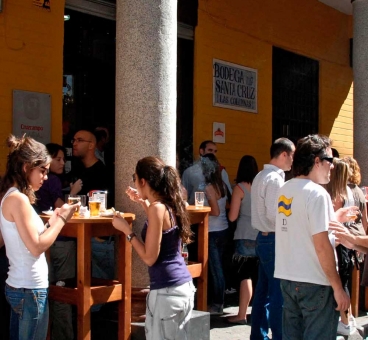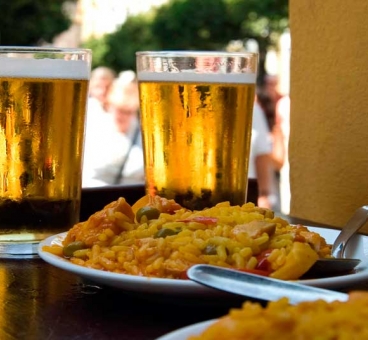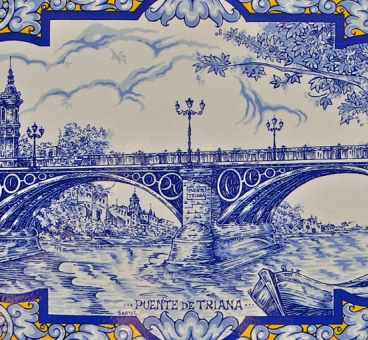The Alcázar of Seville has always been used as lodging for kings and important personalities. It is made up of different buildings from different eras. The original fortification was built on an old Roman, later used by the Visogoths. Later is became a Paleochristian basilica (San Vicente Mártir), where San Isidro (Saint Isodore) was buried. The Real Alcázar of Seville began to take on its present appearance after the Arabs took over the city in the year 713. One of the palaces that surrounds two courtyards is of the same era as the Alhambra of Granada. To carry out the work, important craftsmen were sent by the Nasrid King Mohamed V. After the reconquest of the city, in 1248, the “Reales Alcázares” were of the successive monarchs. Alfonso X the Wise made the first reforms, creating three large Gothic salons. Pedro I later decided to build the wonderful Mudéjar Palace.
Strolling through the Alcázar Gardens can be one of the most unforgettable experiences of your visit. They are arranged in terraces, with green vegetation, a multitude of orange and palm trees, with fountains and pavilions where you can breathe the freshness and stillness; a place for calm and rest in the hot city. The Jardines del Príncipe (the Prince’s Gardens) are especially notable, with the Fountain of Neptune, and the Jardines del Naranjal (Naranjal’s Gardens), with the fountain of the Lion, and the Pavilion of Carlos V, where King Fernando III died. The rest of the gardens are more modern, and in them, we can find the shield and name of King Alfonso XIII.
Declared a World Heritage Site by UNESCO, the Real Alcázar has also been the scene of several productions, such as The Kingdom of Heaven, Alatriste or Game of Thrones.
The whole area is an extraordinary mixture of Arab and Christian art.
tweetCard
(+34) 954 50 23 24
Patio de Banderas, s/n. 41004 Sevilla





